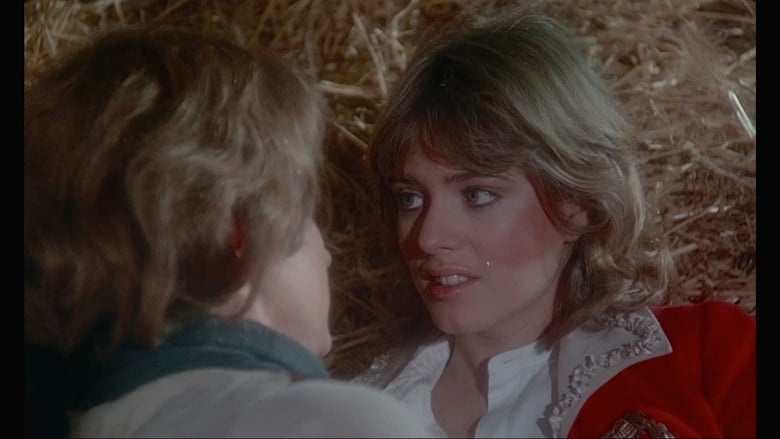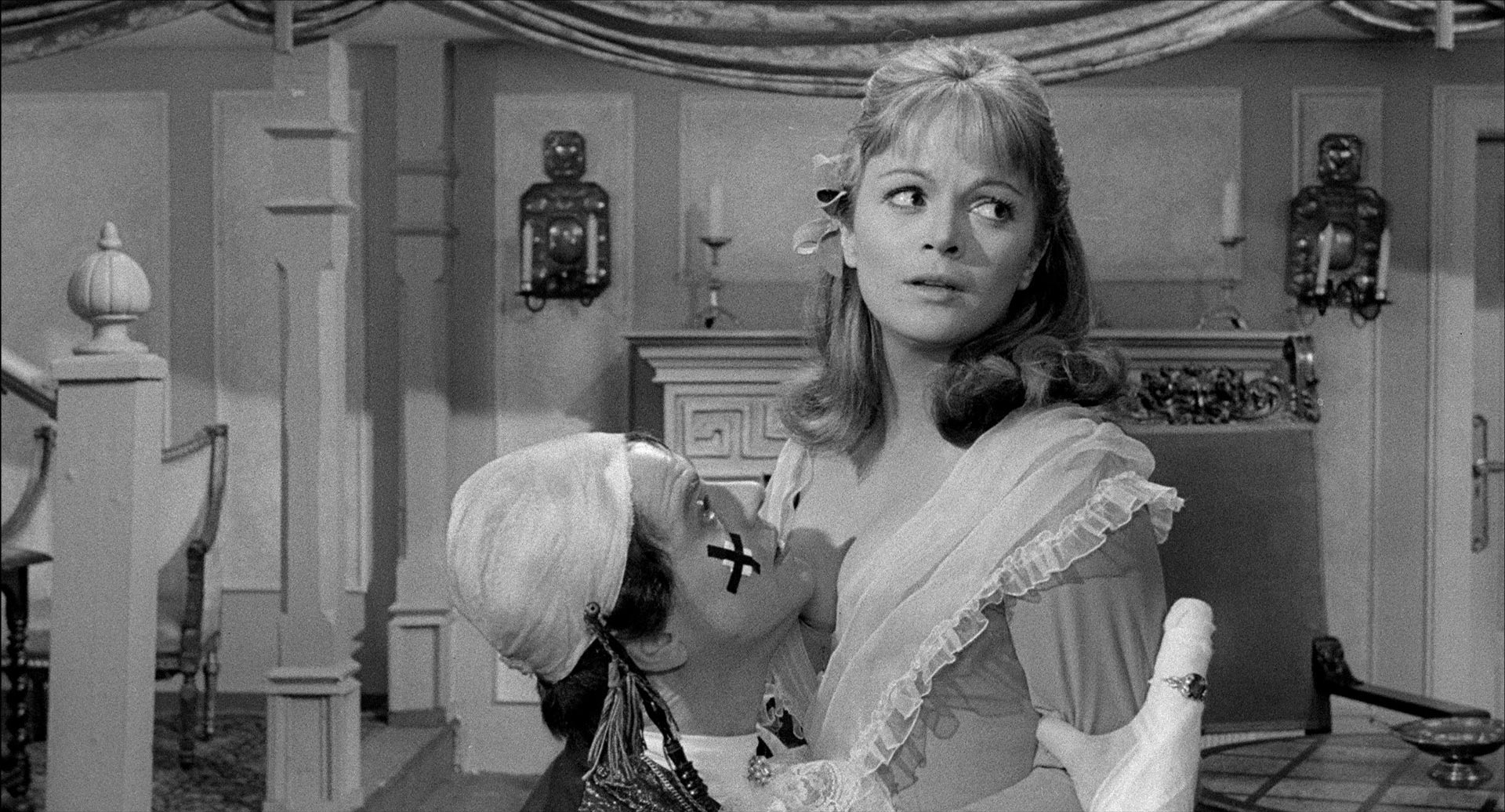


#Fanny hill trial
Two centuries later, the enduringly scandalous Memoirs was put on trial in America when the state of Massachusetts deemed it obscene and sought to suppress it. During Cleland's time, the notorious novel was banned and printed underground, while the author and publishers were arrested a bishop even blamed the "vile" thing for two earthquakes. There's sex, love, voyeurism and, of course, tea. John Cleland's tale, first published while he was in debtors' prison in 1748, is told through two long letters from a reformed and reflective Francis Hill, the eponymous harlot who is swept into London's "whirl of loose pleasures" after being orphaned as a young country girl. He has published articles and book chapters on obscenity, copyright, criminal procedure, legal fictions, and the history of the common law.The true name of Fanny Hill, the most explicit work one might have read in the 18th century, is Memoirs of a Woman of Pleasure. Simon Stern is Professor of Law and English at the University of Toronto. This article was originally published in 2009.

Massachusetts (1966), in which the Supreme Court ruled the book not to be obscene and articulated a legal standard for determining when material crossed the line into obscenity.įanny Hill belongs to the same literary historical moment as Samuel Richardson’s Clarissa (1747–1748), Tobias Smollett’s Roderick Random (1748), and Henry Fielding’s Tom Jones (1749). Almost 150 years later, Putnam’s 1963 publication of the book led to the decision in Memoirs v. Holmes (1821), the Supreme Court of Massachusetts upheld the conviction of individuals who had shown an illustration from the book.

In one of the earliest obscenity cases in the United States, Commonwealth v. F anny Hill led to early American obscenity case, legal standard for obscenity In 1750 Griffiths released an expurgated edition of the book, titled The Memoirs of Fanny Hill the novel went through frequent illicit reprints (many of them illustrated) over the next two centuries. Some 70 years later, illustrations from later reprints of the book led to one of the earliest obscenity cases in the United States.Ĭleland reportedly sold the copyright to the book for 20 guineas to escape debtor’s prison, and the publisher, Ralph Griffiths, made a profit large enough to allow him to launch The Monthly Review, one of the first major literary periodicals in England.Īlthough Memoirs was published anonymously and with a pseudonymous imprint, Cleland and Griffiths were prosecuted in Britain for obscenity in November 1749 they managed, however, to avoid punishment. The novel describes scenes of lesbianism, flagellation, group sex, and male homosexuality, emphasizing throughout the size and appearance of the male genitalia. Fanny Hill author prosecuted for obscenity in Britain It is the first-person narrative of a young woman’s adventures as a prostitute after losing her virginity to a gentleman who claimed to be in love with her. Probably the most famous pornographic novel in English literature is John Cleland’s Memoirs of a Woman of Pleasure, published in 17. (Image via Wikimedia Commons, public domain) Massachusetts (1966), in which the Supreme Court ruled the book not to be obscene and articulated a legal standard for determining when material crossed the line into obscenity. A 1963 publication of the book led to the decision in Memoirs v. It was later republished as The Memoirs of Fanny Hill. In one of the earliest obscenity cases in the United States, the Supreme Court of Massachusetts upheld the conviction of individuals who had shown an illustration from the book.


 0 kommentar(er)
0 kommentar(er)
